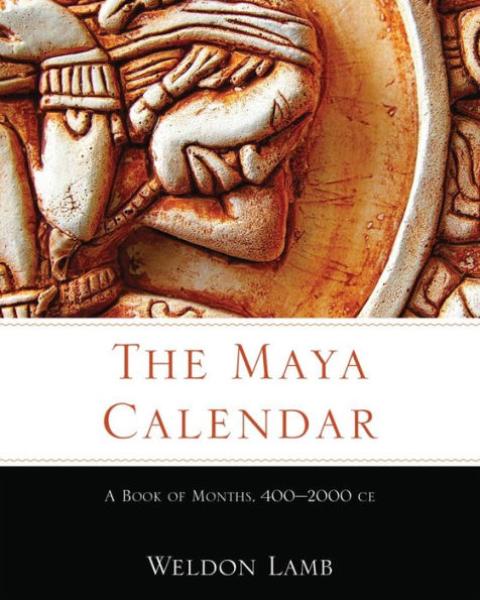Description
By 1,800 years ago, speakers of proto-Ch'olan, the ancestor of three present-day Maya languages, had developed a calendar of eighteen twenty-day months plus a set of five days for a total of 365 days. This original Maya calendar, used extensively during the Classic period (200-900 CE), recorded in hieroglyphic inscriptions the dates of dynastic and cosmological importance. Over time, and especially after the Mayas' contact with Europeans, the month names that had originated with these inscriptions developed into fourteen distinct traditions, each connected to a different ethnic group. Today, the glyphs encompass 250 standard forms, variants, and alternates, with about 570 meanings among all the cognates, synonyms, and homonyms. In The Maya Calendar, Weldon Lamb collects, defines, and correlates the month names in every recorded Maya calendrical tradition from the first hieroglyphic inscriptions to the present--an undertaking critical to unlocking and understanding the iconography and cosmology of the ancient Maya world.
Mining data from astronomy, ethnography, linguistics, and epigraphy, and working from early and modern dictionaries of the Maya languages, Lamb pieces together accurate definitions of the month names in order to compare them across time and tradition. His exhaustive process reveals unsuspected parallels. Three-fourths of the month names, he shows, still derive from those of the original hieroglyphic inscriptions. Lamb also traces the relationship between month names as cognates, synonyms, or homonyms, and then reconstructs each name's history of development, connecting the Maya month names in several calendars to ancient texts and archaeological finds.
In this landmark study, Lamb's investigations afford new insight into the agricultural, astronomical, ritual, and even political motivations behind names and dates in the Maya calendar. A history of descent and diffusion, of unexpected connectedness and longevity, The Maya Calendar offers readers a deep understanding of a foundational aspect of Maya culture.
In this landmark study, Lamb's investigations afford new insight into the agricultural, astronomical, ritual, and even political motivations behind names and dates in the Maya calendar. A history of descent and diffusion, of unexpected connectedness and longevity, The Maya Calendar offers readers a deep understanding of a foundational aspect of Maya culture.
Weldon Lamb is Retired Adjunct Professor of Anthropology at New Mexico State University and a student on Maya astronomy, calendrics, and hieroglyphic writing.
"In The Maya Calendar: A Book of Months, 400-2000 CE, Weldon Lamb has compiled the most detailed examination to date of the month names of the Maya calendar. This exhaustive reference work will be an invaluable resource for scholars interested in tracing the nuances of the pre- and (especially) post-Conquest Maya calendar."--Scott A. J. Johnson, author of Translating Maya Hieroglyphs
"Weldon Lamb masterfully demonstrates how Classic period glyphs evolved, tracing month names from the Classic through the Postclassic and Colonial periods and up to the ethnographic present. The Maya Calendar is a major contribution to academic research that will be a treasured resource now and in the future."--Susan Milbrath, author of Star Gods of the Maya: Astronomy in Art, Folklore, and Calendars
Product Details
- University of Oklahoma Pr Brand
- Mar 2, 2017 Pub Date:
- 0806155698 ISBN-10:
- 9780806155692 ISBN-13:
- 360 Pages
- 10.1 in * 8.1 in * 1.3 in Dimensions:
- 2 lb Weight:




